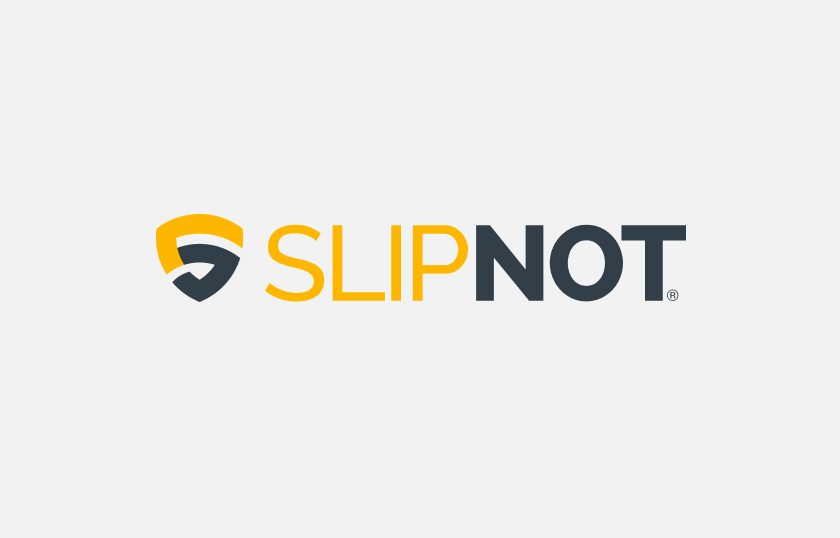Stainless steel 304 plate is a variation of the basic 18-8 grade, Type 302, with higher chromium and lower carbon content. The lower carbon minimizes chromium carbide precipitation due to welding and it’s susceptibility to intergranular corrosion. Some industries that specify stainless steel flooring include many food and beverage applications, education, aerospace, water and wastewater, as well as recreation applications. Review the following as you consider your next stainless application:
- Size has been determined based on availability.
- Common Thickness from .01” to .25” thick.
- Most sheets come in widths up to 48.”
- Check with your supplier if you require specialized widths or thicknesses.
- Mechanical properties coincide with the climate of the environment.
- End use is considered for all possible scenarios.
- The stainless steel type is covered by the required specifications.
- AMS 5513 – This specification covers a corrosion-resistant steel in the form of sheet, strip, and plate. These products have been used typically for formed and drawn parts requiring corrosion resistance up to 800 °F (427 °C), but usage is not limited to such applications.
- ASTM A 240 – This specification covers chromium, chromium-nickel, and chromium-manganese-nickel stainless steel plate, sheet, and strip for pressure vessels and for general applications.
- ASTM A 666 – This specification covers austenitic stainless steels in the annealed and normally required cold-worked conditions for various structural, architectural, pressure vessel, magnetic, cryogenic, and heat-resisting applications.
- Corrosion and oxidization resistance properties are approved.
- The atmospheric exposure in the chemical, textile, petroleum, and food industries especially have requirements for corrosion resistance providing cleanliness and high sanitation.
- The maximum temperature to which 304 can be exposed continuously without appreciable scaling is about 1650°F; intermittently it is about 1500°F.
- The formability and weldability has been taken into consideration if required.
- The combination of low yield strength and high elongation in 304 allows for successful formation of complex shapes.
- Once formed, they harden rapidly, parts should be annealed for stress relief after sever forming.
- The austenitic class of stainless steels is considered weldable by common fusion and resistance techniques, while taking care to prevent hot cracking.
“304/304L Stainless Steel Sheet.” Speedy Metals, n.d. Web. 17 Aug. 2012. <http://www.speedymetals.com/information/Material55.html>.

